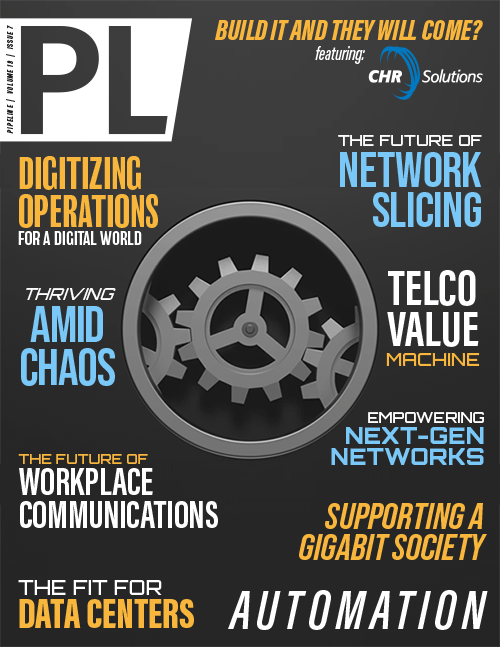Almost Chaos. Thriving Amid Complexity and Uncertainty
A mechanical view is a more traditional way of looking at a business. This line of thinking suggests that companies and the world work like a machine on a predetermined path. People who subscribe to this school of thought believe that a business can be understood and optimized by breaking it into constituent parts and managing the pieces in a piecemeal fashion.
On the other hand, a complex system is one in which you cannot get a firm handle on the parts, and there are no rules, algorithms, or natural laws. Complex things have no such degree of order, control, or predictability. A complex system is much more challenging—and different—than the sum of its parts because its parts interact in unpredictable ways.
Managing people is a complex challenge. So is integrating two merging companies or figuring out how the market will react to a new product or strategy. Maybe the team will get lucky and figure it out once, but whatever they did this time won’t generate the same result next time.
Bringing order to chaos
Organizations pay for chaos in delayed time-to-market, slow response to customer needs, and decreased productivity. While tweaking the current project management paradigm may provide some minimal gains, fundamental change requires a mindset shift. Automation is the typical go-to solution for improving project and process efficiency. Yet organizations must accept that while complicated work can be automated, complex work cannot. Most organizations’ value-creating work involves aspects that are complicated as well as complex. Simultaneously managing complication and complexity is the key to staying one step ahead of chaos.
In other words, organizations must be able to rapidly create and recreate structure when confronted with disruptions and new market conditions.
Remember Legos? Modularity is the key to resiliency.
Well-designed complex systems emerge out of simple systems that work well. Building small, discrete pieces or process steps allows teams to experiment until they design elements that work. These highly effective pieces (specifically, steps and processes) are linked together.
Ultimately, resilient complex systems are born out of linking simple systems that work well and can operate independently, but interact with their environment as a single unit, step, or process.
Modules are standalone processes designed to do one thing well. A module is a self-contained collection of functionality that delivers a predetermined result, like “customer order” or “contract approval.” Modules or processes are typically made up of multiple tasks performed by numerous people, usually in a predefined sequence, and can include any number of other modules.
Modularity facilitates the rapid reorganization of processes as organizations confront the unexpected. Just as a Lego creation can quickly be dismantled and the same pieces used to build something entirely new, individual process modules can be changed as needed without impacting an entire system or organization. Then, modules can be reconfigured to address disruptions or capitalize on new market opportunities.
Benefits of modularization
Encourages team ownership
The people assigned to tasks in a module are collectively responsible as a team for the successful completion of the module—enabling team rather than individual ownership.



















